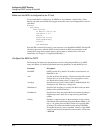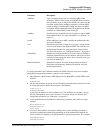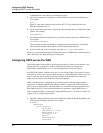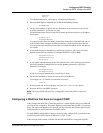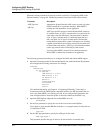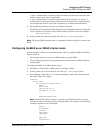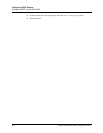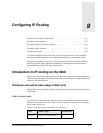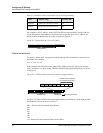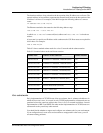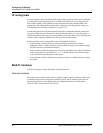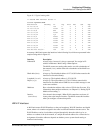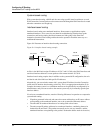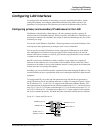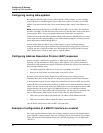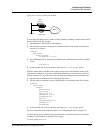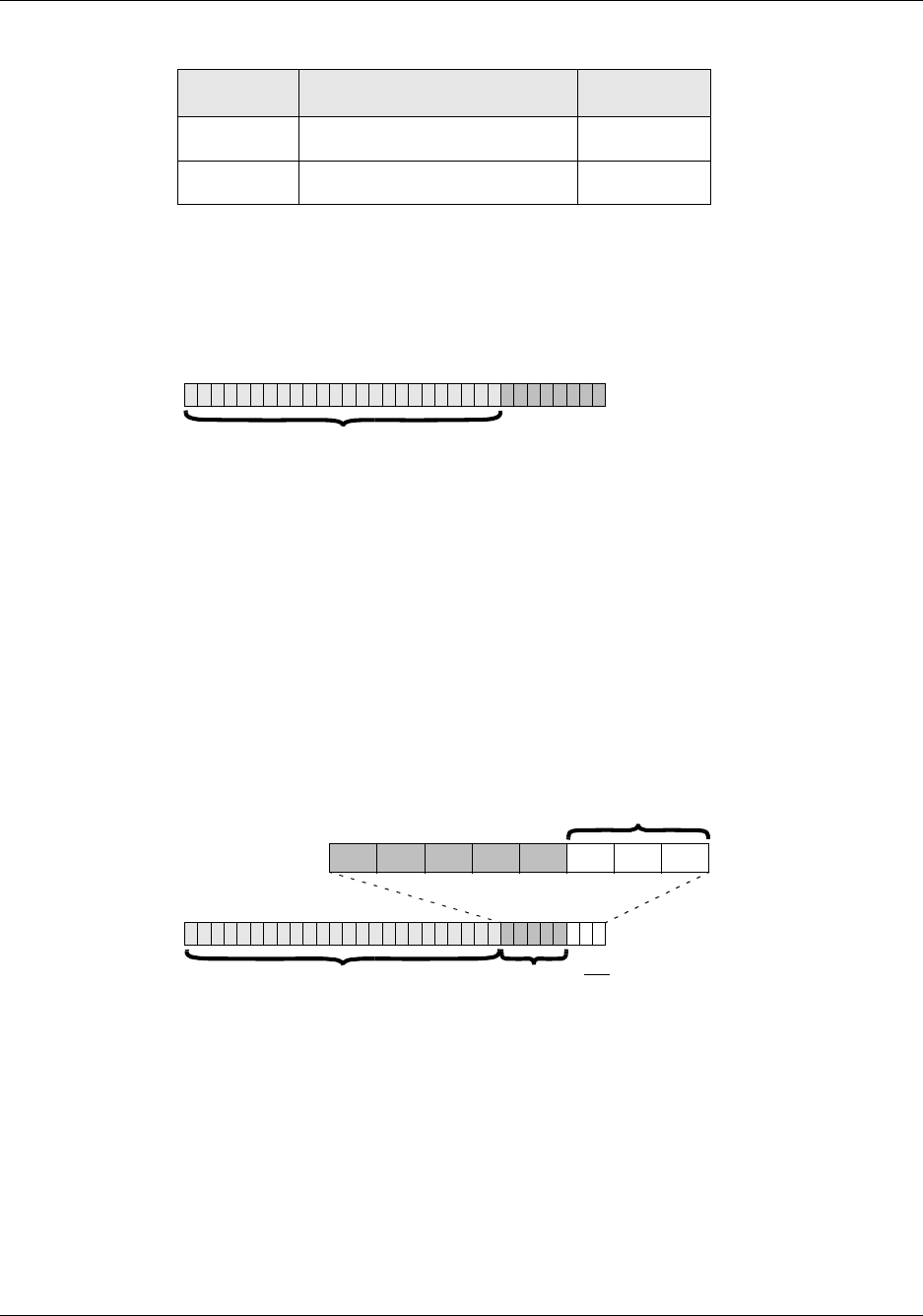
9-2 MAX 6000/3000 Network Configuration Guide
Configuring IP Routing
Introduction to IP routing on the MAX
For example, a class C address, such as 198.5.248.40, has 24 network bits, leaving eight bits
for the host portion of the address. If no subnet mask is specified for a class C address, the
MAX assumes the default mask of 24 bits, as shown in Figure 9-1.
Figure 9-1. Default mask for class C IP address
Subnet mask format
To specify a subnet mask, you append a modifier that specifies the number of network bits in
the address. For example:
198.5.248.40/29
In this example, the /29 indicates that 29 bits of the address are used to specify the network.
This is referred to as a 29-bit subnet. The three remaining bits specify unique hosts, as shown
in Figure 9-2.
Figure 9-2. A 29-bit subnet mask and the number of supported hosts
In Figure 9-2, three available bits present eight possible bit combinations. Of the eight possible
host addresses, two are reserved, as follows:
000 — Reserved for the network (base address)
001
010
011
100
101
110
111—Reserved for the broadcast address of the subnet
Class B 128.0.0.0—191.255.255.255 16
Class C 192.0.0.0—223.255.255.255 24
Table 9-1. IP address classes and number of network bits (continued)
Class Address range Network bits
1 1 1 1 1 1 1 1 1 1 1 1 1 1 1 1 1 1 1 1 1 1 1 1 0 0 0 0 0 0 0 0
Default 24 bits
1 1 1 1 1 1 1 1 1 1 1 1 1 1 1 1 1 1 1 1 1 1 1 1 1 1 1 1 1 0 0 0
Default 24 bits
5-bit subnet Total network bits=29
255
128
64
32
16 8
4
2
Number of host addresses
(2 of which are reserved)



